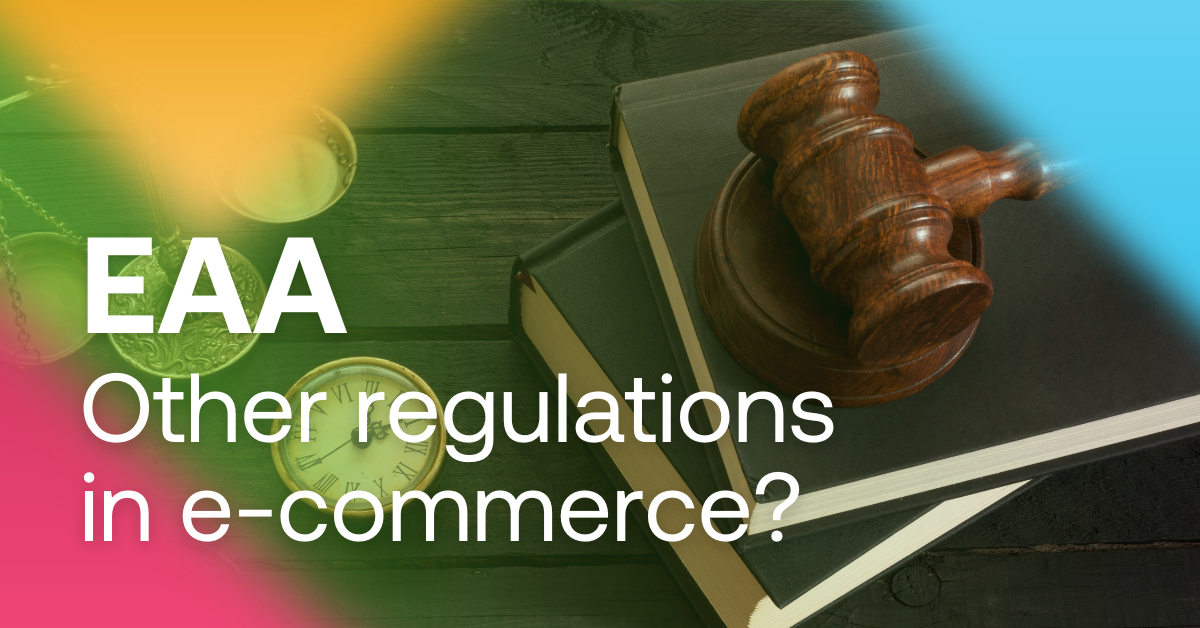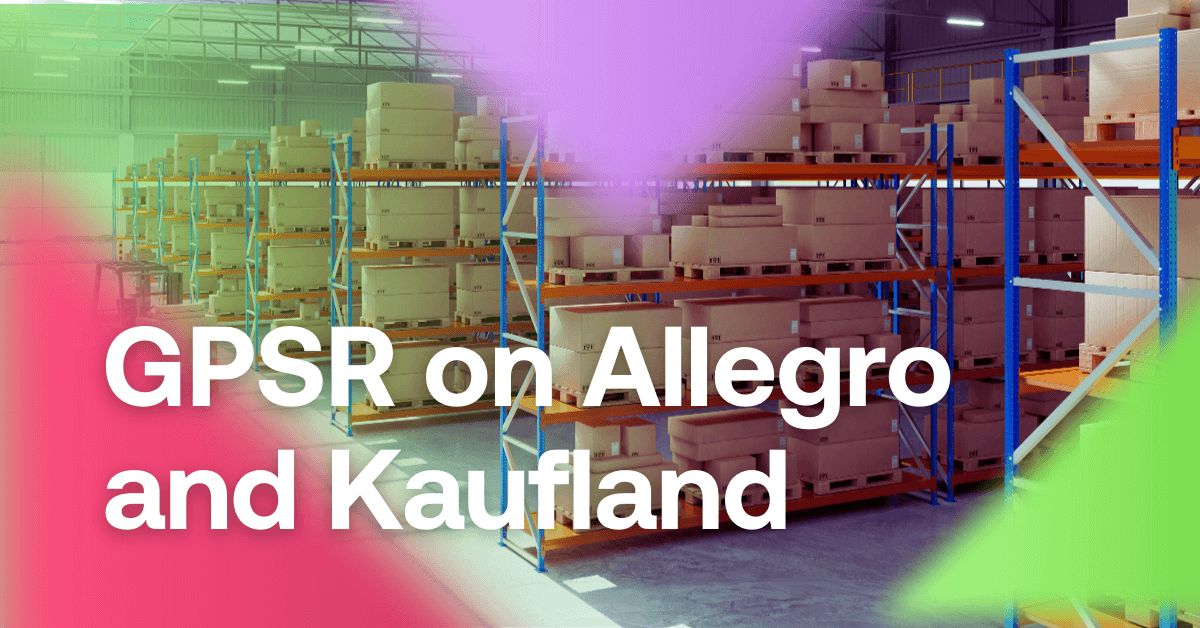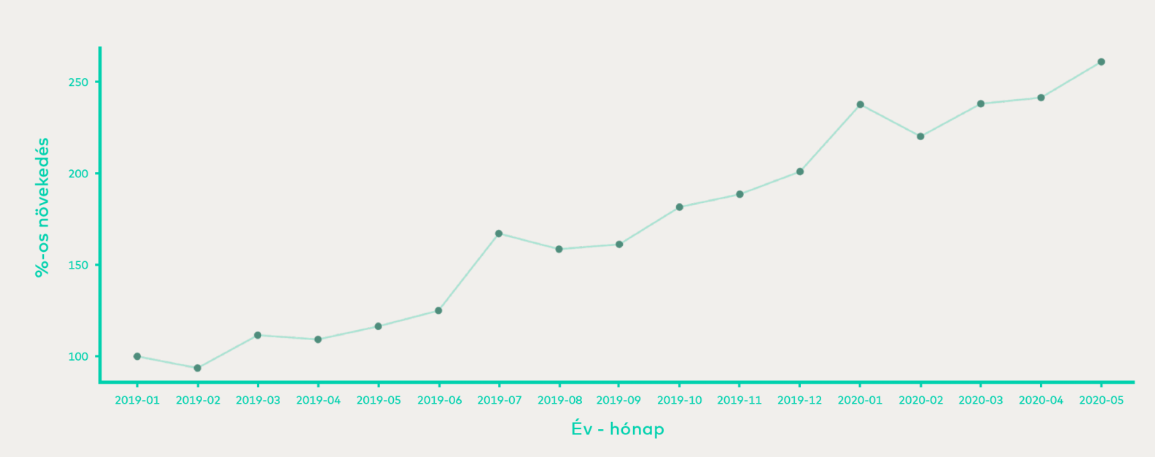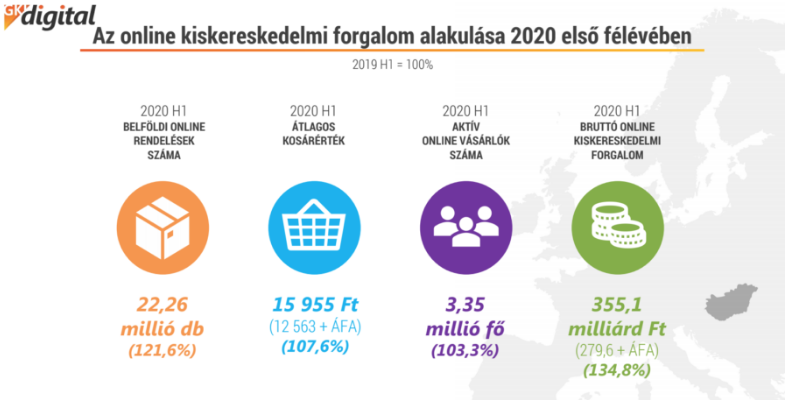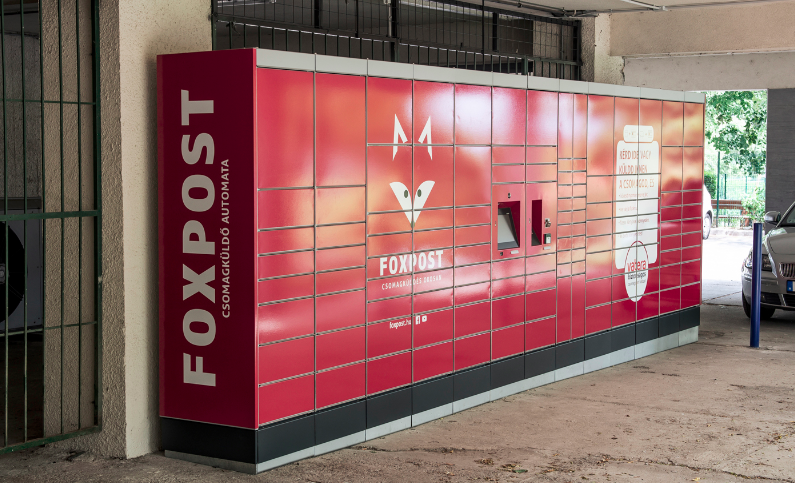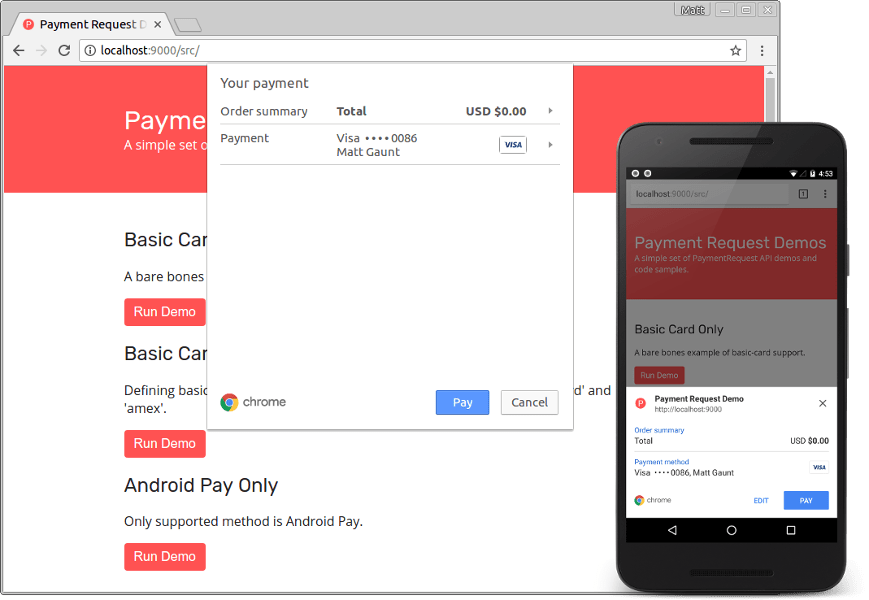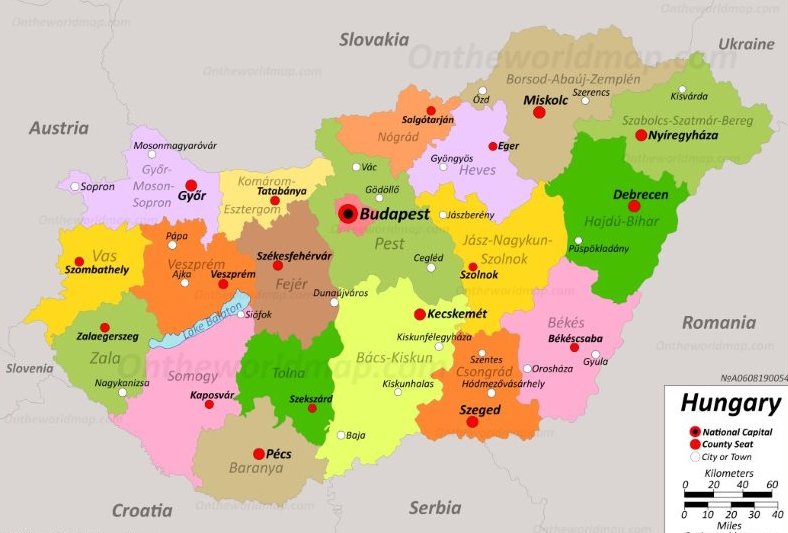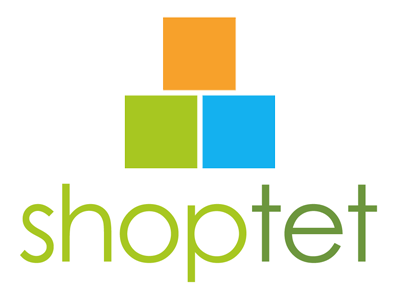Offering contactless shipping in Hungary is crucial
In addition to the most widely used method of transporting orders, hand-held parceling, the use of contactless parcel boxes has increased in Hungary. At this time, customers prefer it precisely because it allows you not to come into contact with the courier or eliminates the need to stand in queues at the post office and parcel shops.
- This type of transport is already offered to its customers by the eMAG marketplace and the Extreme Digital electronics store. The Easybox service, through which they transport orders, currently counts one hundred self-service boxes.
- Advantages:
- contactless (opening with QR code)
- non-stop access
- if the ordered goods are in stock, they will be available for pick up that day
- Alza.hu does not lag in providing contactless box options either. In addition to offering its contactless locations, it has concluded cooperation with the Foxpost service.
Use the parcel boxes of the Foxpost network or the Hungarian Post
The Foxpost courier service currently operates over 140 boxes in Hungary with the intention to reach two hundred of them by the end of this year.
Advantages:
- Their network covers 49 Hungarian cities.
- You can return orders through them free of charge within 14 days.
- Their popularity is growing, the customers have received over 3 million orders through them.
- Ecological solution for parcel transport.
The Hungarian Post also provides the option of sending and picking up packages in its contactless boxes. There are currently 51 of these machines.
How to set traffic rules in Mergado
A well-set offer of courier services and the price of shipping in the feed are major tasks in the management of advertising on search engines. With Mergado, you can set up shipping in bulk and automatically for many large and small shopping engines.
Read information about shipping settings in the article:
Contactless payment options attract customers
According to a recent report by Ecommerce News, more than half (58%) of the nearly 3.5 million Hungarian online shoppers have a bad experience shopping online. In 9 out of 10 cases, the customer leaves the order before payment. One of the most common reasons why people don’t complete orders is unknown or insufficient payment methods.
Enabling customers to pay using the most popular methods is a key factor in improving the performance of online stores.
Payment Request API speeds up payments without obtaining customer data
Do you want to speed up the payment process for your customers? Payment Request API can replace web payment forms and thus make the user experience more pleasant (and at the same time guarantee its security).
Benefits of the Payment Request API
- The user does not fill in the web form. He only uses the data stored in the browser.
- He does not have to enter the name and number of the card. Just enter its security password.
- The merchant does not find out the customer’s data. The service sends it encrypted.
- The whole payment process happens with much fewer clicks.
- It is compatible with Google Pay, Samsung Pay a Apple Pay.
- It is available on a wide range of browsers: Chrome, Safari, Opera, Microsoft Edge, and more.
1. What is your experience with using card payment as a payment method on the Hungarian market?
According to the data of our approximately 60 customers in Hungary, we can say that cash on delivery is still dominant with a 70% share. Cards are the second most popular option. They are used by 25 – 30% of customers. In Hungary, the market is developing similarly to the Czech Republic — the popularity of card payments will continue to grow.
2. How high do you rank the popularity of card payment among other methods — cash on delivery, bank transfer, electronic wallet, postponed payment?
Deferred payments and e‑wallets are not yet preferred by customers in Hungary at all. I think that it will take another 1 – 2 years before they gain popularity. Card payments are the number one option. For “our” online stores, this is 25 – 30% of the total payments. What I would recommend to Czech shoppers is the payment in HUFs and the checkout in Hungarian.
3. What do you think about the quality of Payment Request API payments?
In my opinion, this is one of the alternatives to paying for a few clicks without overwriting the card details. A suitable solution if you are shopping from a new merchant and you do not have to enter card details there. For merchants, where you regularly shop, you probably already have a card stored directly in the cart. Overall, however, this is not a topic for me. There are so many options.
4. Does the use of the Payment Request API have a future in Hungarian e‑commerce?
Again, e‑commerce is lagging in Hungary, and this trend will not be popular for a few years.
What you need to know about the Hungarian market
In comparison with the Czech Republic, a major e‑commerce evolution in Hungary is yet to come. If you will react on-time and correctly, your online store can take advantage of it. Learn what to focus on.
- Establish Hungarian s.r.o., or Kft
The operation of a store in Hungary without a local company has more demanding conditions, especially when you register various services.
- Pay attention to reviews and customer care
Although their trust in online stores and online payments is gradually growing, Hungarians still rely heavily on buying in stone shops. To convince them that your store is trustworthy, pay attention to getting quality reviews through popular shipping methods, and quality customer support.
TIP: If your budget allows that, you can effectively increase the credibility of the store by running a showroom.
- Invest in marketing
The average CPC in Hungary is low compared to other countries. It ranges around EUR 0,12 per click, depending on the type of network.
- Join popular discount events
Promotions and discounts also work well on the Hungarian market. Prepare the advertisement to appeal well to customers, e. g. on Black Friday, Cyber Monday, etc.
- Expect higher taxes
The amount of Hungarian VAT is one of the highest in the world - 27%. It is good to know that your margin will not be the same as in your home country.
- Sell where it makes sense
Outside the agglomeration of Budapest and several larger cities (Debrecen, Nyíregyháza, Miskolc, Győr, Pécs, Kecskemét, Szeged), there are less affluent clients. Customers in other areas make few orders, so don’t expect large sales volumes here.
1. What specifics of the Hungarian market to pay attention to during expansion?
Hungarians have significantly more confidence in online stores, which also have a stone shop. They also prefer cash on delivery or delivery boxes such as Pick-Pack Point.
Shoppers should also think about adapting the store to the specifics of the local market regarding shipping and payment methods. The quality of the texts is also important for any expansion.
2. What direction will the Hungarian market move in the coming years?
As everywhere, the online market boomed in Hungary due to the coronation crisis, so people were forced to try other ways of shopping. Currently, the Hungarian market is rather weak after the spring shopping frenzy. However, thanks to the newly acquired experience of online shopping, they can be expected to return to them more often.
The second trend will be the digitization of segments that have not yet been as strong online, such as food delivery, drugstores, and some others.
3. What can online stores improve in Hungarian e‑commerce?
Compared to the Czech Republic, Hungarian stores still have a lot of text on the home page, and their visuals are often outdated compared to Czech standards. In my opinion, they could also use online marketing channels more and more effectively. Many of the Hungarian online stores and platforms have a speed problem on mobile devices.
4. How to attract customers from less wealthy areas?
Hungarians are generally very happy to hear the words Discount, Free, but they will also appreciate the quality of customer service.
With Mergado, you can set up advertising for many Hungarian formats yourself
Are you considering expanding to Hungarian e‑commerce? With Mergado, you will use the formats for shopping engines that you already use and convert them to the ones you currently need. With our virtual editor, you can automatically manage data feeds. In Mergado, you can set up online store advertising yourself. It will speed up daily marketing tasks and save costs for the work of programmers.

What formats does Mergado support in Hungary?
Hungarian e‑commerce is and will be for several years to come, an environment full of opportunities. If you have already succeeded in the domestic market, expand to Hungary as soon as possible. And remember: it’s important to understand the conditions here, to take advantage of current trends, and to use marketing tools to streamline and automate your advertising.
Read More:

